
Case studies are a clever use of the narrative storytelling form. They help tilt fence-sitting customers towards your brand, product, or business, by showing them the story of those who took a risky decision and came up trumps.
Specific enumerated outcomes with charts and graphs are very convincing, without which the case study remains a mere story without credibility.

After you see this portfolio sample below, click here to get back to the Portfolio Index page.
“Case Studies” serve as a powerful tool for brands looking to demonstrate their value and the tangible results they can provide. By outlining a problem, detailing the solution provided, and showcasing the achieved results, case studies offer concrete proof of a brand’s claims, making them indispensable for establishing trust and credibility.
They are particularly effective for B2B companies, where the sales cycle is often longer and more complex, and where proof of effectiveness is crucial for securing business.
Writing a compelling case study, however, is not without its challenges. For one, it requires a deep understanding of the subject matter as well as the customer’s journey. This is necessary to pinpoint the problem effectively and explain the process through which the solution was achieved.
Additionally, it is crucial to navigate the often sensitive issue of client confidentiality, especially if specific numbers and outcomes are being discussed.
Another challenge in writing case studies is striking the balance between detail and readability. While a case study needs to be thorough to be convincing, it also needs to be engaging enough to keep the reader’s attention.
A well-written case study must simplify complex scenarios without losing the nuance that makes the results significant.
The rise of digital media adds another layer to case study effectiveness. They are no longer confined to PDFs or print materials but are often integrated into wider marketing campaigns, shared on social media, or featured in email newsletters.
This increases their reach but also demands that they be written and formatted in a way that’s easily consumable across different platforms.
Read on …
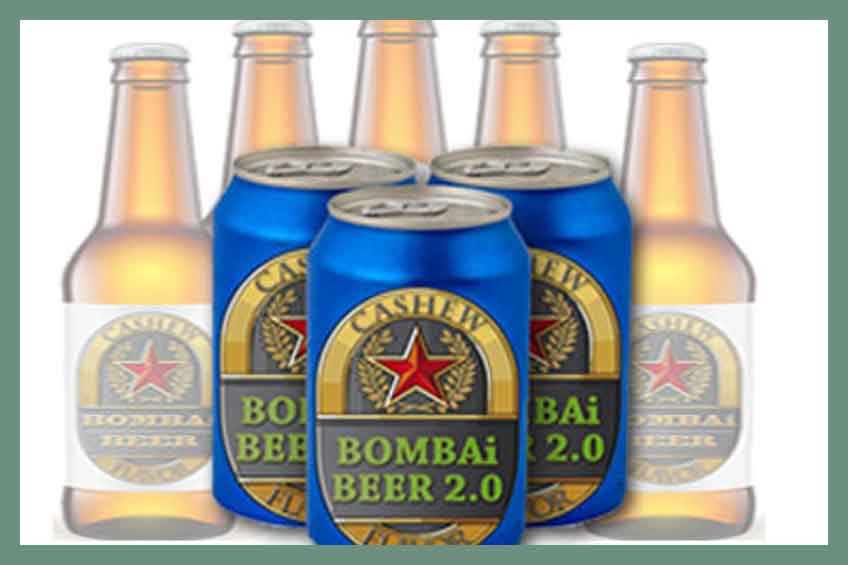
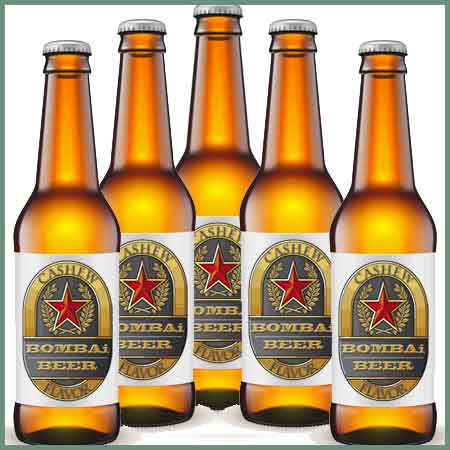
Bombai Beer, made in a small Indian brewery, was a limited edition beer, largely catering to foreign tourists. A small amount of beer was made and it was invariably sold out.
The brand had no ambitions beyond that, and survived by the limitedness of its availability and the slightly better prices it could command from the tourists who returned frequently to the beaches of Goa.
There was a distinct flavor of cashew in the beer. That made it a drink that its aficionados swore by.
In Goa, “cashew feni” is a highly popular local form of liquor, but most tourists find its “kick” a tad too strong to take. That made Bombai beer with its cashew flavor a milder taste of the Goan experience.


Unfortunately, from the time the beer was first produced in the 1970s to the modern-day, the beer and its brand had grown too old. Soon its olden golden customers (largely the “idle-relaxation” crowd) dwindled as tourists – to be replaced by a younger cooler crowd of backpack-sporting millennial tourists, with the energy to move around a lot, and enjoy their travel activity to the fullest.
The great old beer was no more “cool” with the new younger tourists. It was still served out of bottles in mugs at cafes and had not shifted to handier portable cans. Neither had it gone online. It had gotten left behind in a changing world.
When consumers evolve faster than the brands they are loyal to, there is not just disappointment but an active disassociation. When the old consumers of a brand are no longer the primary targets to go after, rebranding becomes imperative. Brands that are slow to embrace the changes of their customer base are in danger of coming too late to the party.


The old owners of the beer (two brothers) had left their business to their sons who felt saddled and befuddled by the inheritance of a brand that was no longer relevant to the target audiences around them. Neither did they have the money to grow physically beyond the small brewery they had been gifted.
The old folks had left them with the “brand name” that still resonated with quality and value, and a small production unit, but no wherewithal to expand it.
The two young inheritors of this dubious legacy knocked their heads for an idea. Like all ideas come when you least expect them, one of the boys had an “insight”. He was not only a tech junkie but also a natural at “growth hacking”.
Typical of his ilk he said to his cousin: “Let’s go 100% online – specifically only on social media and email, and let’s rechristen the beer as Bombai Beer 2.0. That will make it cool and immediately resonant with the younger millennials by the sheer lingo of the new brand name. Then let’s market purely through email to tour operators and through social media to their younger bands of tourists to Goa”.


The other cousin who was a design-oriented person said: “Wow, Jesso, we can forget the old bottles and only invest in can-delivery of the beer. I’ve got the perfect design in mind. Let’s carry over some of the old brand design and the cashew flavor, but translate that into Version 2.0 for the new beer cans.”
And with that idea, out went the old beer bottles – and in came the new electric blue beer cans that were hard to miss. They also carried the Version 2.0 prominently.
On social media, the new owners preferred to keep their accounts as people instead of as a business. This continued the one-to-one word-of-mouth marketing style their Dad’s had followed. They conversed online with their target audiences, preferring to sound like people of the same crowd and tastes.
The idea worked. The content marketing messages they generated made no apologies for the rebranding. Implied in the idea of Version 2.0 is the phasing out of Version 1.0. It didn’t need an explanation. The new marketing just skipped talking the lingo of Version 1.0 and went on to talk the language of Version 2.0. But it did so with an edgy new tone of voice.
Gradually the old buyers faded away and a whole new generation of tourists began to drink the beer from cans. By growing out of its old consumer base and re-crafting itself for the tech-gen, the quaint beer with the cashew flavor, managed to stay despite its challenges. It became the back-slapping buddy all over again for a whole new target audience.

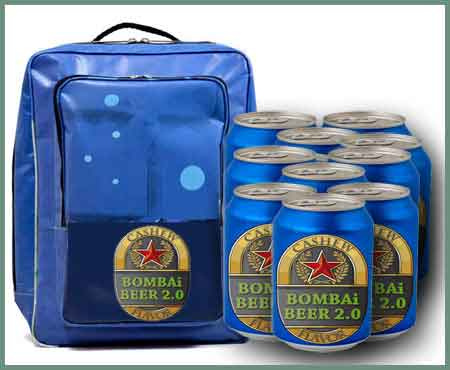
Portability in cans also expanded the target audience base. The Bombai Beer 2.0 became indispensable to the young tourists’ backpacks. The new owners of the beer saw another opportunity in this for making their “merchandising” stronger … by offering “free backpacks” for buyers of three 6-packs of beer.
To get the additional benefits of “cause marketing” they also ran a “beer-can-recycling” idea. Consumers who brought in 6 used beer cans (any brand) for their trash bin could enter their Great Beer Party at weekends. This recycling idea got them a lot of free press.
All in all, a whole new flavor of marketing had been added within manageable costs by the new owners of the legacy beer.
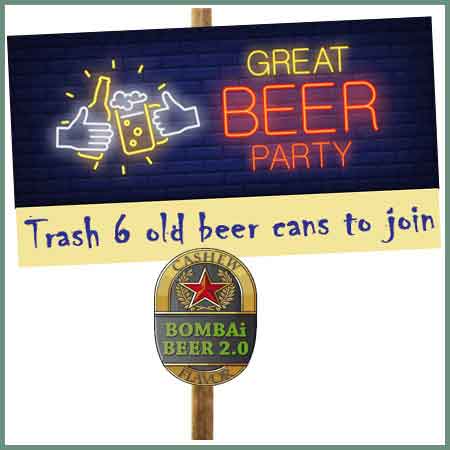
The smartest thing they did decide on, though, is to keep the beer a limited edition. They produce only the same quantity of beer as their fathers did, to avoid devaluing the legacy product.
The financial impact of their decisions is visible in the set of graphs below.
This first graph below shows the point of inflection when in 2010 the younger men took over the brand and the target audience change became palpable. There was a 12-14-month lag between when they started phasing out the old Beer 1.0 and phasing in the new Beer 2.0. Those were nail-biting months.
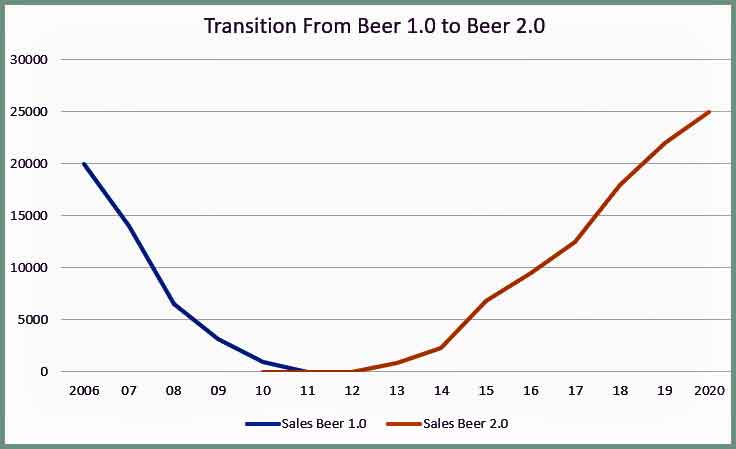
This second graph shows how much extra was actually spent to achieve the rebranding from Beer 1.0 to Beer 2.0. Since they planned that the quantities of production were to be maintained at a limited level, the young new owners outsourced the canning process, thus saving on capital expenditure.
Both Beer 1.0 and Beer 2.0 roughly allocated a fairly steady 40% of revenues for expenses. However, the expenses during the rebranding and transition months shot up to nearly twice the usual expenses levels. That money went predominantly into marketing, rather than into increasing or rejigging the production.
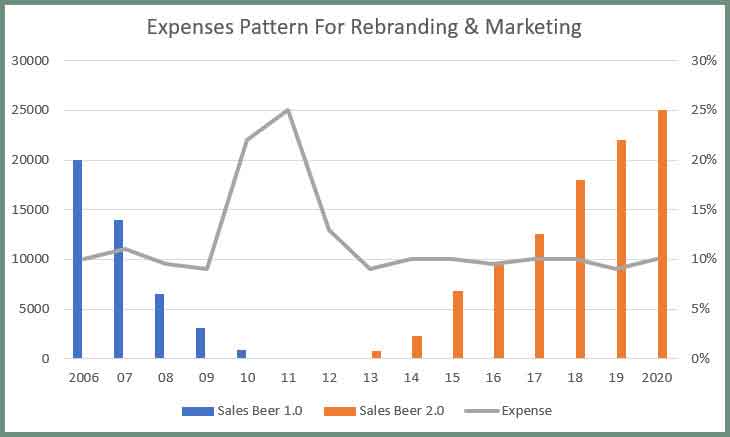
The brand was going to die. They saved it with a little expense boost (as little as they could afford) to give it a new lease of life with a new audience – and thus saved their inheritance.
UPDATE: In late 2020, the small local brand got subsumed through a well-priced buyout with another larger beer brand aiming at the millennial audience. In hindsight, therefore the rebranding was the start of a totally new trajectory for Bombai Beer. It’s no longer known by its original name, but it is remembered fondly in both its versions – 1.0 and 2.0.
Delve deeper into the tangible results of my unique approach by exploring my service spectrum, my case studies, and other items in my portfolio. Each piece is a testament to the harmony of experience, an unconventional mindset, and cross-sector adeptness.
If you’re eager to elevate your brand’s narrative and strategy, don’t hesitate to tap into this wealth of knowledge.

"As a Content/Brand Specialist, and SEO/UX Writer, I can help transform your brand's online presence. I can lift it with innovative ideas to take it to an enviable position. Let's collaborate to create a captivating brand story, engage your audience, boost your online visibility, and increase your ROI. Take the next step towards your brand content success and contact me today."
Shobha Ponnappa
I Bring You:
Content Marketing That’s “Unusual By Strategy” … Tips, Tricks, Tactics, Techniques, Trends, Training.
Get my weekly ContenTracker Newsletter packed with loads of content marketing ideas – proven and unusual.
Get a free download of my ebook on “50 Unusual Ways To Use AI In Content Marketing” … and transform your success.

Just fill in the form to join my community … we have big and small brands for company. You’ll stay on the speedway to growth.
KEY TOPIC CATEGORIES COVERED ON THIS SITE:
COPYRIGHT © 2024. SHOBHAPONNAPPA.COM. ALL RIGHTS RESERVED.